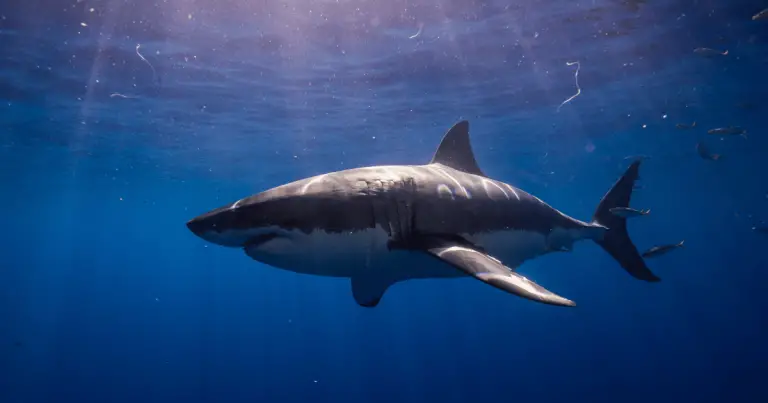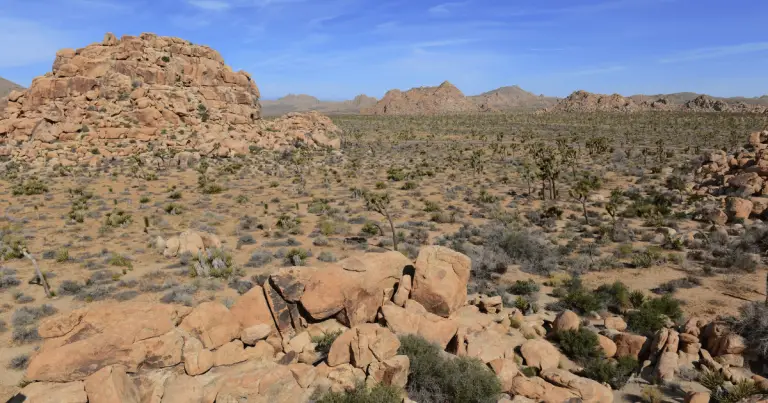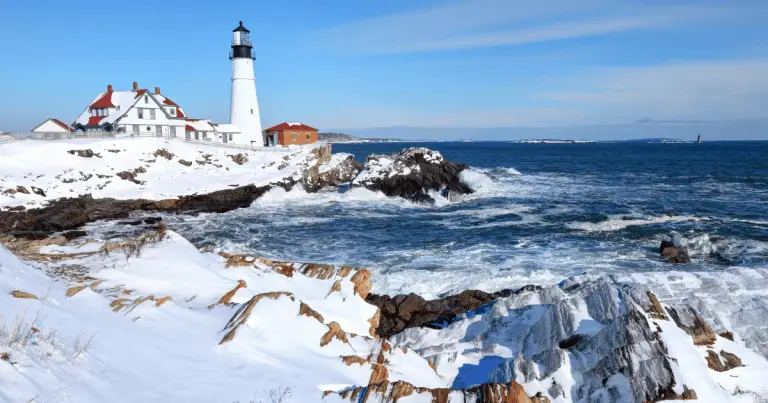Exploring Lake Tahoe’s Lakes: A Magnificent Aquatic World
Lake Tahoe is one of the most beautiful destinations in the United States, famous for its crystal clear waters, ski resorts, and mountainous terrain.
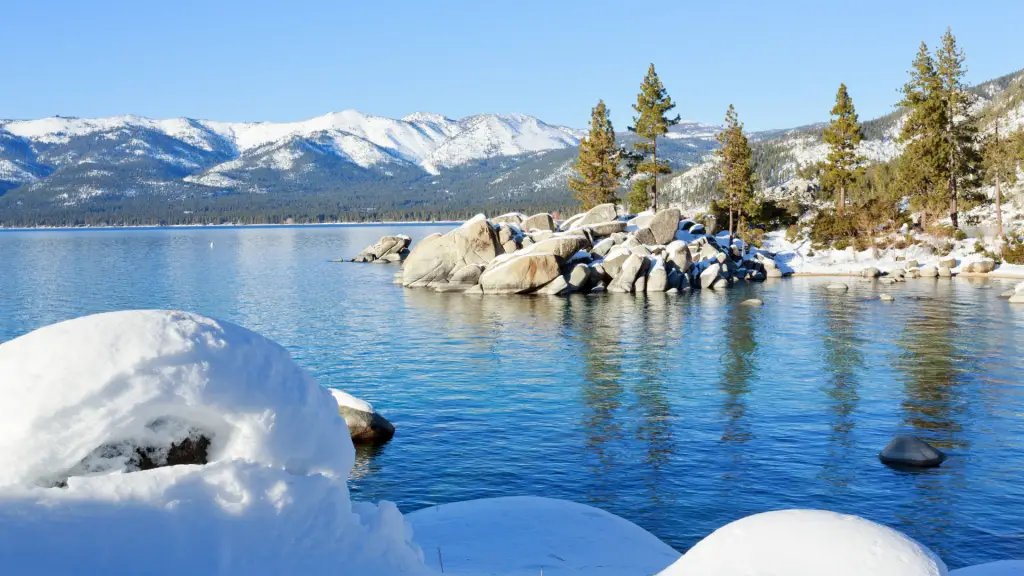
The lake is also a popular spot for water activities and fishing. But did you know that Lake Tahoe is more than just one lake? The region is home to 63 smaller lakes, each with its own beauty and ecosystem.
Emerald Bay
Emerald Bay is one of the most popular lakes in Lake Tahoe due to its stunning turquoise blue color, which is caused by the limestone deposits in the water. It is home to several species of fish, including Kokanee salmon, rainbow trout, and brown trout. This bay was designated as a National Natural Landmark in 1968 due to its delicate ecosystem and breathtaking beauty. Another interesting feature of Emerald Bay is the “Tea House” on Fannette Island. With its rich history and stunning beauty, every inch of Emerald Bay offers a fascinating story to tell.
Cascade Lake
This Lake Tahoe’s Lake is located in the northwest corner of Lake Tahoe, and is considered to be one of the most pristine lakes in the region. Its emerald green waters are crystal clear and perfect for fishing, swimming, snorkeling, and kayaking. The lake is home to a variety of fish, including rainbow and brown trout, and small mouth bass. An intriguing fact about Cascade Lake is that it is a glacial lake, completely devoid of any inflowing streams. Unlike most lakes, Cascade’s water level is primarily maintained by snowmelt and rainfall.
Fallen Leaf Lake
Located on the south shore of Lake Tahoe, Fallen Leaf Lake is a smaller but equally beautiful lake. The lake is surrounded by towering mountains and pine trees, creating a picture-perfect landscape. Fallen Leaf Lake is home to several fish species, including Mackinaw trout, rainbow trout, and brown trout. An intriguing fact about Fallen Leaf Lake is its depth. Despite its smaller size compared to Lake Tahoe, Fallen Leaf Lake is incredibly deep, reaching depths of up to 415 feet (0.13 km). This is almost half the maximum depth of Lake Tahoe itself, which is about 1,645 feet (0.5 km). The lake’s impressive depth is due to the same geological forces that created Lake Tahoe.
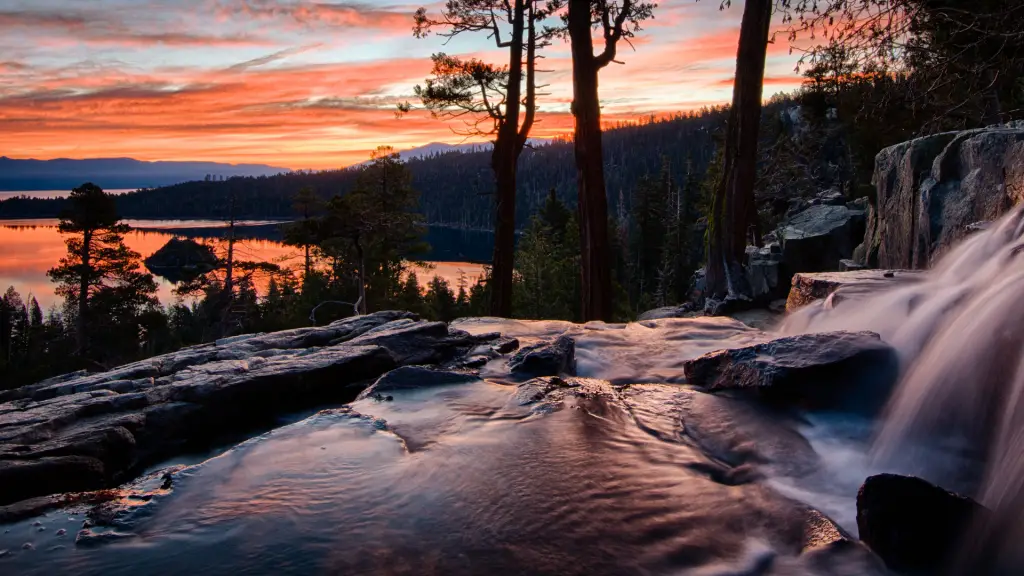
Marlette Lake
Marlette Lake is located near Incline Village, and it’s only accessible by hiking trails or mountain bike. The lake sits at a high elevation and offers breathtaking views of the surrounding landscape. This area is home to numerous species of wildlife, including mountain lions, deer, and eagles. This lake’s unique role in Nevada’s water system is a fascinating fact. The lake was constructed in the 19th century as part of the Marlette Lake Water System, a fascinating feat of engineering that transported water 21 miles (33.8 km) away to Virginia City. To this day, the remnants of the old water system can still be seen around the lake, adding an intriguing historical context to its natural beauty.
Spooner Lake
Spooner Lake is a popular spot for bird watching, fishing, and hiking. The lake is located at the foot of the Spooner Summit, a 9,000 ft (2.74 km) alpine pass. Spooner Lake is home to many fish species, including Rainbow Trout, Brown Trout, and Lahontan Cutthroat Trout. A fascinating fact about this lake is its role as a hub for cross-country skiing in winter. The lake’s surrounding area is transformed into an extensive network of over 90 kilometers of groomed trails, offering an exceptional and serene experience for winter sports enthusiasts.
FAQs about Lake Tahoe’s Lakes
What is the largest lake in Lake Tahoe?
The largest lake in the Lake Tahoe region is Lake Tahoe itself. Boasting a surface area of 191 square miles (495 sq. km), this freshwater lake is the second deepest in the United States, with a maximum depth of 1,645 feet (0.5 km). It straddles California and Nevada’s border and is recognized for its clear waters and the panorama of surrounding mountains on all sides. Lake Tahoe is a major tourist attraction known for both its winter and summer activities.
Is it possible to swim in Lake Tahoe’s Lakes?
Swimming is permitted in many of the lakes within the Lake Tahoe region, including Lake Tahoe itself. The crystal clear waters of these alpine lakes are refreshing, although they can be a bit chilly. Many beaches around Lake Tahoe offer designated swimming areas, and smaller lakes such as Emerald Bay, Cascade Lake, and Fallen Leaf Lake also welcome swimmers. However, due to the lakes’ often freezing temperatures, especially outside the summer months, it’s vital for swimmers to take precautions against hypothermia. Always check local regulations and safety guidelines before swimming in any body of water.

Conclusion
Lake Tahoe is a unique ecological system with plenty of breathtaking landscapes, water activities, and opportunities for exploration. It is more than just a popular tourist destination; it’s also a hub for wildlife conservation, outdoor enthusiasts, and researchers who are looking to explore the underwater world. No matter which lake you visit, you are guaranteed a rewarding experience. So pack your bags and head out to Lake Tahoe to explore its vast ecosystem, rich history, and top-notch recreational activities!

